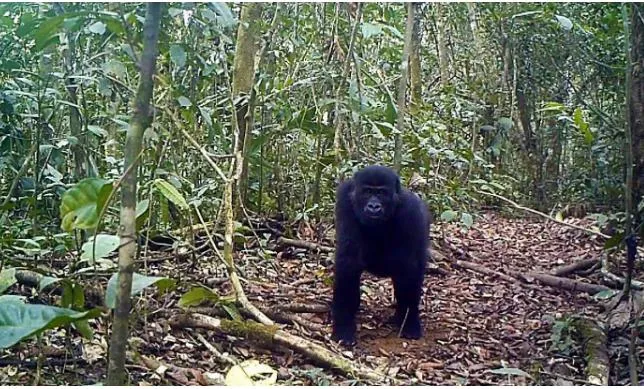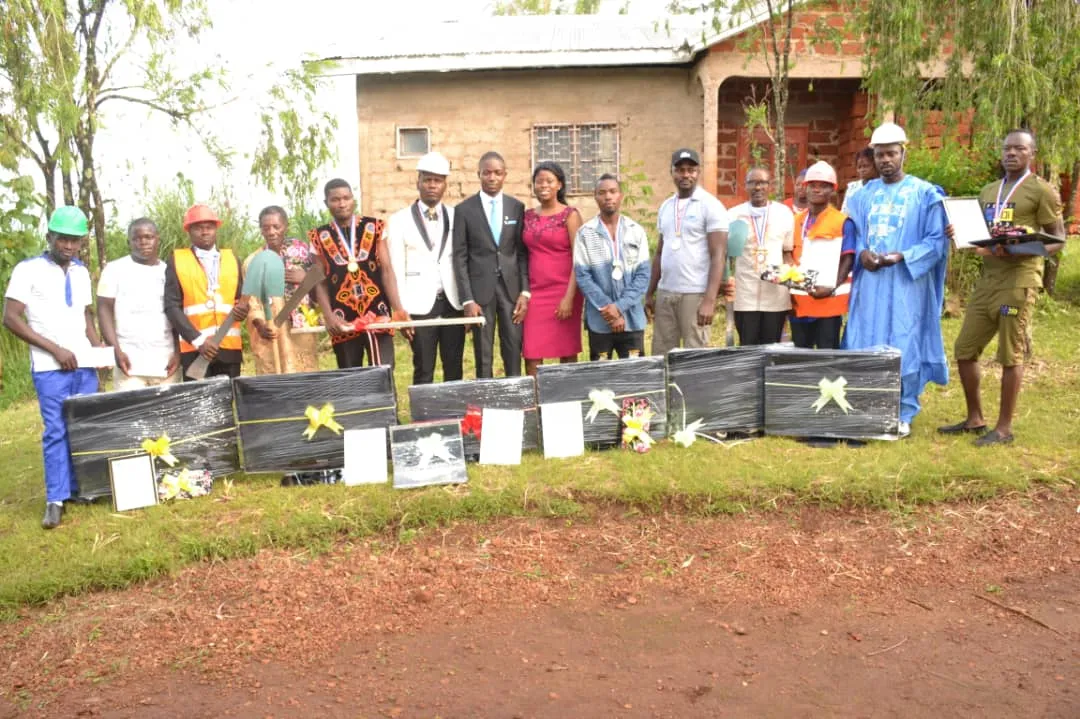Two orders signed by Cameroon’s Minister of Forestry and Wildlife on February 4 proposing the classification of two forest management units for timber extraction in the biodiversity hotspot, the Ebo forest is generating controversy. The units combined total 1,296 square-kilometres, nearly the entirety of Ebo Forest.
The 1,500 square-kilometre forest in Cameroon’s Littoral Region is the most biologically diverse area in the Gulf of Guinea. It holds an estimated 35 million tons of carbon, thereby helping the fight against climate change and is home to many rare and endangered species, including forest elephants and grey parrots.
The Forest is Home to the World’s only population of Chimpanzees that both fish for termites and crack nuts.News about the government’s plans has generated conversations and petitions. In a letter to the Cameroonian government, more than 60 conservationists and researchers asked the government to suspend plans to create two long-term logging concessions in the Forest which is one of the last remaining intact forests in the region. They rather urged the government to engage all stakeholders, including the local communities living around the forest, to develop an inclusive land-use plan.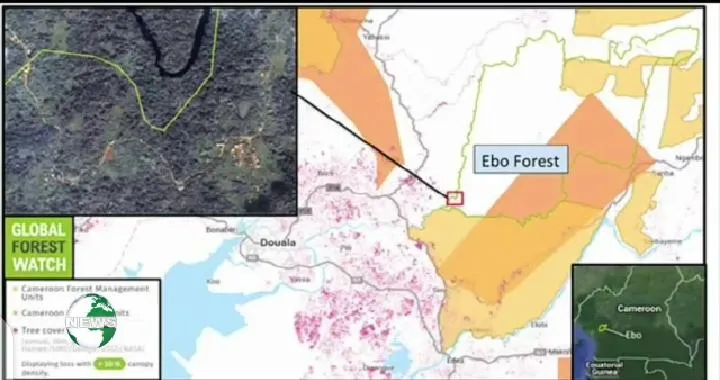 Dr Ekwoge Abwe, Manager of the Ebo Research Project regretted government’s plans for the forest has shifted.
Dr Ekwoge Abwe, Manager of the Ebo Research Project regretted government’s plans for the forest has shifted.
“In 2006, the government took steps to establish the site as a national park because of the forest potentials but this new decision just shows how much governments intentions have changed,” he noted.Ebo Forest is the ancestral home of more than 40 communities living around it, all of whom would be heavily affected by any development of the forest. The Forest is deeply culturally significant to the communities living around it. They depend on it for food and traditional medicines, and they consider Ebo Forest to be their customary land.
“We have a tradition where we usually perform rites for our people in the forest. But our forest for long has suffered degradation. There is a palm plantation which has already eaten a reasonable size of the forest. If this logging plans goes through, we are finished! Rites cannot be performed in town. They need to be performed on the land where our ancestors lived,” HRM Dipita Gaston Paramount Ruler of the Ndokbiakak clan(one of the villages of the Ebo forest) lamented.”I feed my children and educated them from proceeds I made picking njangsang (a Non-timber forest product, NTFP). What happens when all the trees are chopped down?” A local in Yingi Village wondered.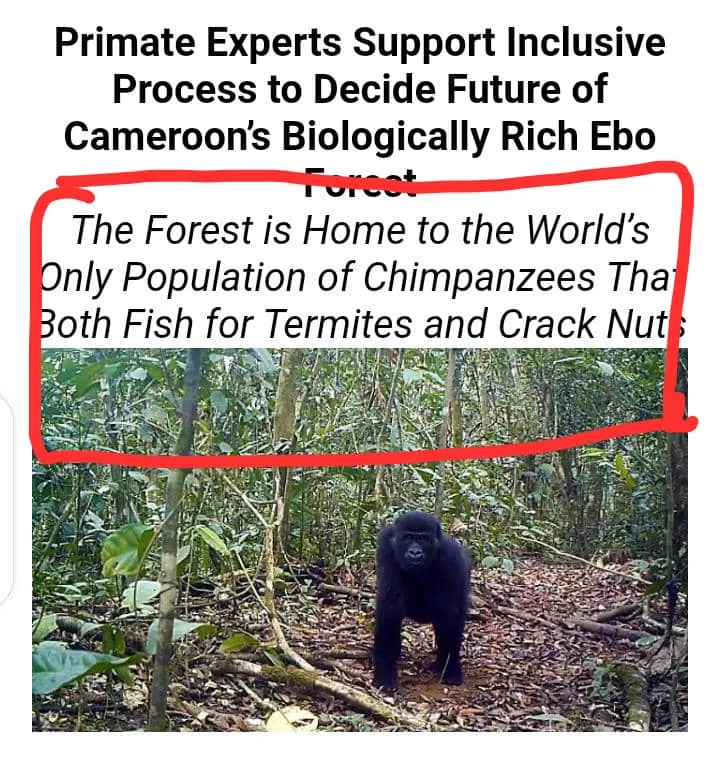 International conservation organisation and Scientists, including members of the International Union for Conservation of Nature’s (IUCN) Species Survival Commission’s Primate Specialist Group, wrote that there may be sustainable development options that could benefit communities, the forest and generate revenue for the country but not logging plans.“The people living in the communities here live with the forest and by the forest,” said Bethan Morgan, head of the Central Africa Program at San Diego Zoo Global and long-time researcher in Ebo Forest. “Everything about the health of the forest is reflected in the health of the communities. That makes it especially important to include them in any discussions about developing the forest.”Ebo Forest has been a hotspot for conservation research and discovery during the past 20 years. In 2005, researchers discovered that the tool-wielding Nigeria-Cameroon chimpanzees in Ebo are culturally distinct from other chimpanzees in Africa. They are the only chimpanzees in the world who both crack nuts and fish for termites. And numbering 700, this population is one of the largest populations of endangered Nigeria-Cameroon chimpanzees.The plants in Ebo are as unique as their charismatic megafauna. At least 12 species of plants discovered within it cannot be found anywhere else on the planet.Internationally acclaimed Actor and Green Ambassador Leonardo Di Caprio has also added his voice calling on the Cameroonian government to preserve the forest.
International conservation organisation and Scientists, including members of the International Union for Conservation of Nature’s (IUCN) Species Survival Commission’s Primate Specialist Group, wrote that there may be sustainable development options that could benefit communities, the forest and generate revenue for the country but not logging plans.“The people living in the communities here live with the forest and by the forest,” said Bethan Morgan, head of the Central Africa Program at San Diego Zoo Global and long-time researcher in Ebo Forest. “Everything about the health of the forest is reflected in the health of the communities. That makes it especially important to include them in any discussions about developing the forest.”Ebo Forest has been a hotspot for conservation research and discovery during the past 20 years. In 2005, researchers discovered that the tool-wielding Nigeria-Cameroon chimpanzees in Ebo are culturally distinct from other chimpanzees in Africa. They are the only chimpanzees in the world who both crack nuts and fish for termites. And numbering 700, this population is one of the largest populations of endangered Nigeria-Cameroon chimpanzees.The plants in Ebo are as unique as their charismatic megafauna. At least 12 species of plants discovered within it cannot be found anywhere else on the planet.Internationally acclaimed Actor and Green Ambassador Leonardo Di Caprio has also added his voice calling on the Cameroonian government to preserve the forest.
Several petitions online have also denounced plans to destroy the biodiversity hotspot.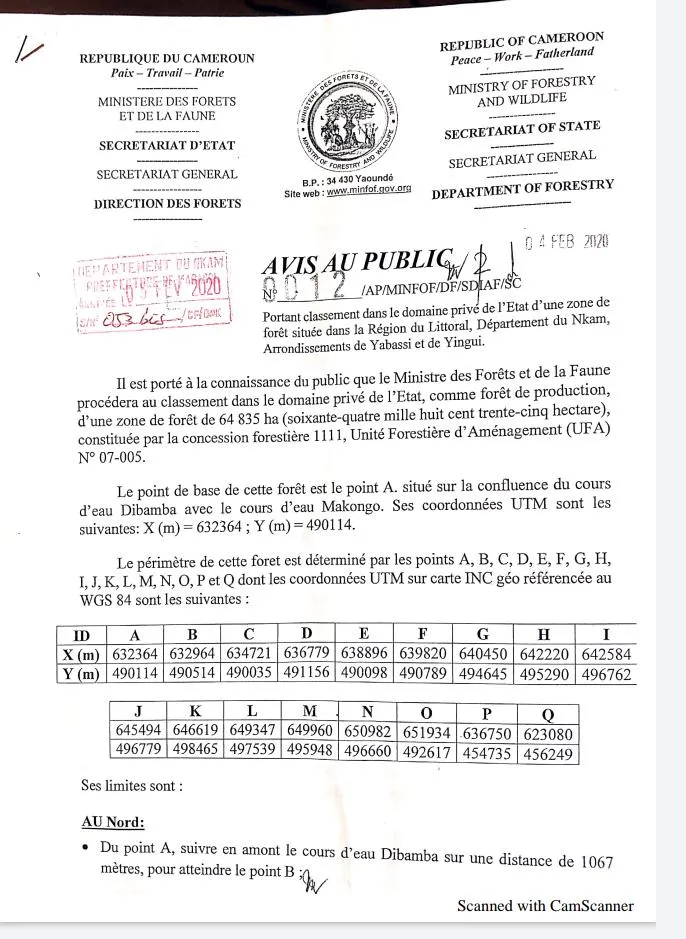 In their letter to the prime minister, scientists and researchers urged the government to consider sustainable alternatives to logging. They propose using the methodology currently being developed by Cameroon’s Ministry of Economy, Planning and Regional Development (MINEPAT) to guide an inclusive and transparent land-use planning process with local communities and other stakeholders. They wrote that the process could include financial and technical support from the government and multinational partners to build consensus on options for sustainable use and equally boost the tourism sectorThe government of Cameroon is yet to react to all the requests and petitions.Regina Leke Tandag
In their letter to the prime minister, scientists and researchers urged the government to consider sustainable alternatives to logging. They propose using the methodology currently being developed by Cameroon’s Ministry of Economy, Planning and Regional Development (MINEPAT) to guide an inclusive and transparent land-use planning process with local communities and other stakeholders. They wrote that the process could include financial and technical support from the government and multinational partners to build consensus on options for sustainable use and equally boost the tourism sectorThe government of Cameroon is yet to react to all the requests and petitions.Regina Leke Tandag
Environmental Journalist, Cameroon


